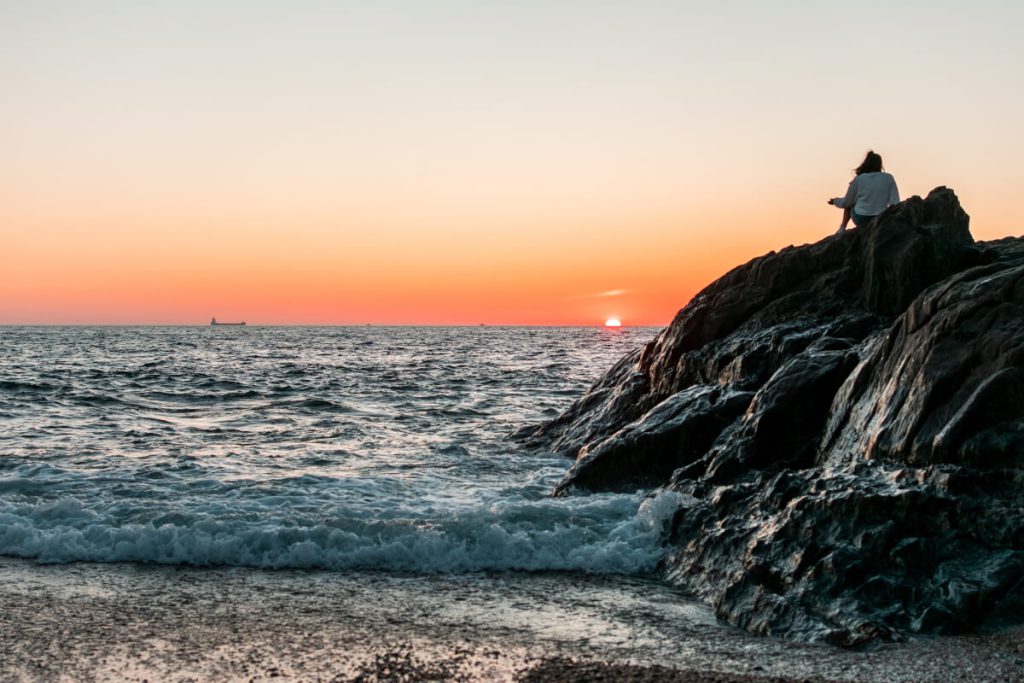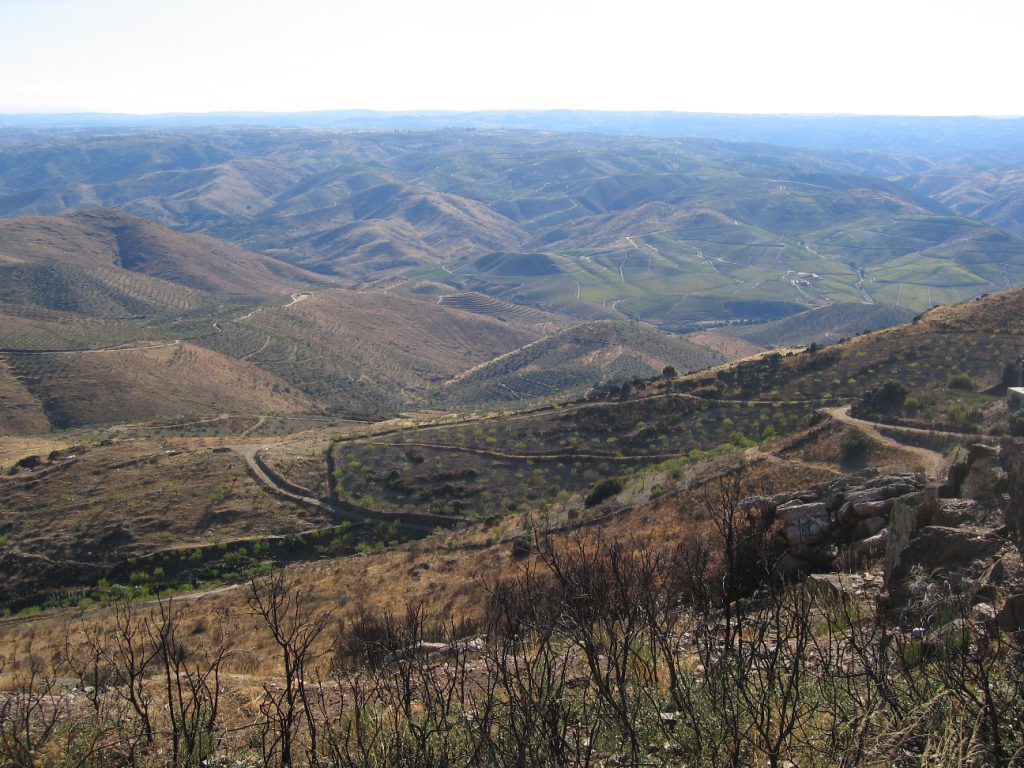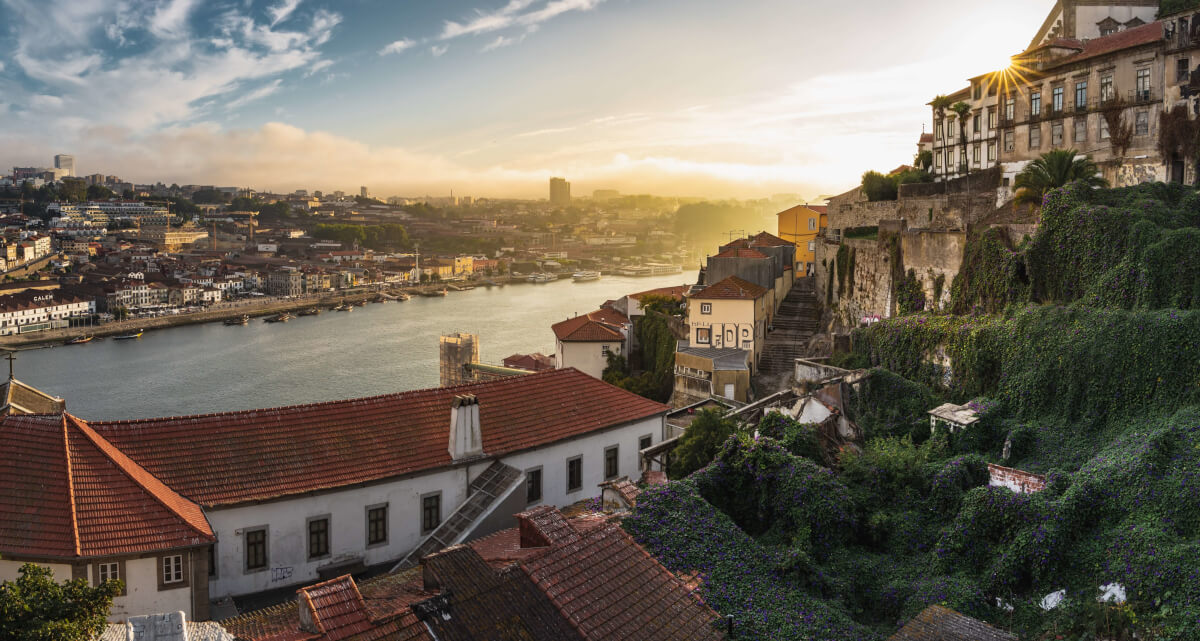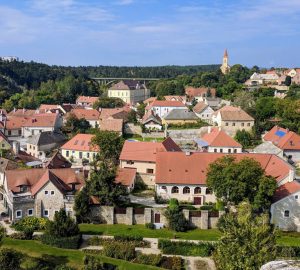Porto is not only an absolute highlight for cultural travelers. Portugal’s second largest city offers a lively, hilly old town, an impressive fortress and the appropriately named port wine, as well as a variety of outdoor activities. We’ll introduce you to a few of them in this post.
Portugal hasn’t just enjoyed an excellent reputation among hikers, bikers, surfers and other athletes since yesterday. The country is a little Garden of Eden for outdoor activities – and at the same time so rich in culture and history that no one has to compromise on a vacation here. The same goes for the city of Porto in the northern part of the country. We’ve picked out a few special activities that will perfectly complement your cultural program.
Crystal Palace Gardens
This park owes its name to a building from the turn of the century, when light glass fronts and filigree iron struts were all the rage – a crystal palace. Until 1956, such a building was the center of this park. Now, in its place stands the so-called Sports Pavilion, a popular event location for sports and cultural events. But the park is still very popular, not least because of its location: from here you have a great view of the city, the Douro River and the surrounding mountains. You can also discover many exotic plants and even animals, majestic fountains and elegant statues give the park a slightly kitschy, artistic touch. There are also themed gardens such as the Jardim dos Sentimentos (Garden of Sentiments), Jardim das Plantas Aromaticas (Garden of Aromatic Plants) and the Jardim do Roseiral (Rose Garden) that please both the eye and the nose.
Also interesting: City trip to Lisbon.
A day by the sea in Foz
To get to Foz, a ride on the historic streetcar line 1 is actually obligatory. It goes out of the center always along the Douro River to the mouth of the sea and is a real panoramic route. Once in Foz, dozens of cafes, bars, clubs and restaurants right on the beach await you to enjoy. The sea here is pretty wild, but for cooling your feet and soaking up the sun, the beaches are more than adequate.
If you feel like a walk on the beach, the Castelo do Quejio is an ideal place to go. From here you can discover the Parque de Cidade (City Park), a huge park with a great variety of landscapes that stretches from the city center to the Atlantic Ocean. Small tip for cyclists: you could plan your beach day into a round trip from Porto’s city center to the beach and back via the castle and the city park.

Watch birds at the Ribeira da Granja Observatory
The Douro River is home to a wide variety of birds. So that even amateur or non-ornithologists can enjoy watching them, you’ll find stand-up binoculars right on the riverbank and an information board describing all the bird species found here. A wonderful way to spend a relaxing hour or two in the fresh air and get to know Porto from a completely different perspective.

Our daypack Grip Rolltop Pack with rollup closure, 15″ laptop compartment and with a product guarantee of 10 years.
Gaia Biological Park
A three-kilometer hike leads through the 35-hectare Parque Biológico de Gaia, where you can discover countless plant and animal species. From deer to owls to cranes, the park is home to animals that have been rescued from a cruel fate or illegal farming – so in addition to being Portugal’s first environmental education center, Gaia Park is also an animal rescue station. In the summer, there are guided night tours of the park where you can spot fireflies and other nocturnal animals. Definitely worth a visit, especially with kids!
Reading tip: How to behave properly in Portugal, we explain in our article Dos and Don’ts in Portugal – A little cultural etiquette for travelers of all types.
Day Trip: Côa Parque
About 200 kilometers from Porto is the archaeological park in the Côa Valley. Listed as a UNESCO World Heritage Site, it is a huge open-air museum of prehistoric art from the Paleolithic to early antiquity. More than 1200 rock formations, on which engravings and paintings can be found, are spread over an area of more than 200 km², embedded in the impressive landscape of the Côa Valley. Only since the rock paintings in the Côa Valley were dated in the 1990s do we know that not cave paintings but open-air rock paintings were probably much more common. If these are not ideal conditions for a beautiful hike through Portuguese nature, where there is plenty to discover!








